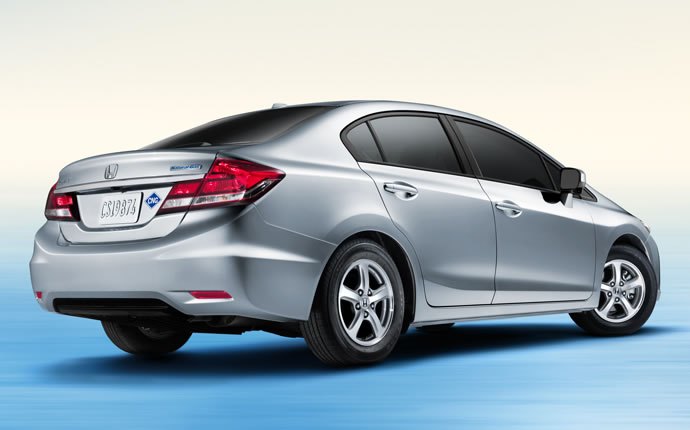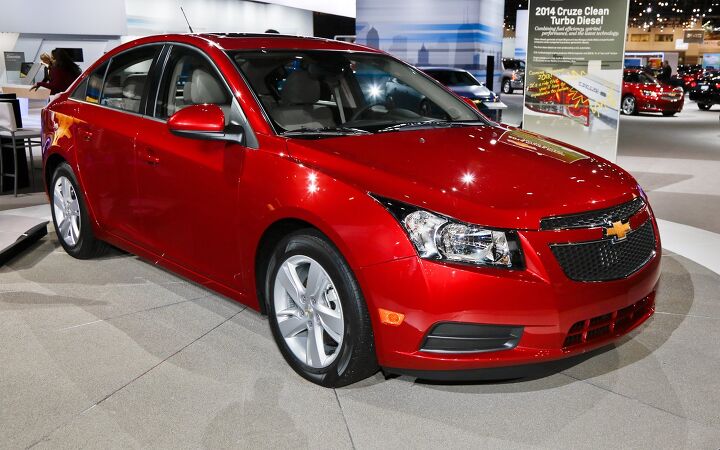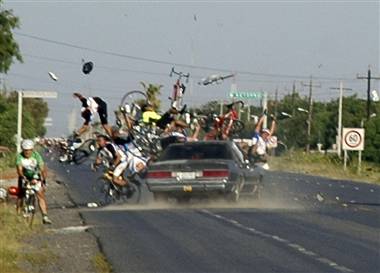#PassengerVehicles
Chevrolet, Honda Give CNG Passenger Cars Another Chance
Aside from a few trucks, some taxis and a fair number of buses, natural gas doesn’t receive a lot of play in the alternative energy game in comparison to darlings such as electric power and hydrogen. Despite this condition, Chevrolet and Honda are both ready to push natural gas onto commuters and efficiency-minded consumers alike.
General Motors Prepares To Enter Diesel Car, Light-Duty Pickup Games
General Motors has few diesel-powered wares at the moment, but with the U.S. diesel market expected to hit 10 percent of the overall market by 2020, GM wants as much as it can get.
Tata To Enter Global Passenger Market With Help Of Jaguar Land Rover
Having done well with Jaguar Land Rover in its portfolio, Tata Motors is now turning to its premium subsidiary for its own foray into passenger cars and SUVs.
Holy Moses! Even Brazil Beats USA!
Brazil beats America! Over at well-known Brazilian communications giant Globo, they are reporting that little ole Brazil has overcome big ole USA in car production and has taken 5th place worldwide. Can this be true? It depends on how you look at the numbers…
They Are Starving Back In China - For Luxury Cars
Premium cars are a hard sell? Not in China. The Chinese developed a ravenous appetite for Germany’s luxury brands. In January, all three German premium makes, Audi, BMW, and Mercedes, more than doubled their sales, reports Das Autohaus.
NHTSA: Pedestrian and Cyclists Crash Rates Higher For Hybrids
An NHTSA report [ PDF] on the “Incidence of Pedestrian and Bicyclist Crashes by Hybrid Electric Passenger Vehicles,” concludes that hybrid-electrics (HEVs) have a higher incidence rate of pedestrian and bicyclist crashes than do internal combustion-only (ICE) vehicles in certain scenarios. And based on the report’s conclusions, it looks like the relative silence of hybrids running in electric-only mode is to blame for the higher accident numbers.
. . . pedestrian and bicyclist crashes involving both HEVs and ICE vehicles commonly occurred on roadways, in zones with low speed limits, during daytime and in clear weather, with higher incidence rates for HEVs when compared to ICE vehicles. A variety of crash factors were examined to determine the relative incidence rates of HEVs versus ICE vehicles in a range of crash scenarios. For one group of scenarios, those in which a vehicle is slowing or stopping, backing up, or entering or leaving a parking space, a statistically significant effect was found due to engine type. The HEV was two times more likely to be involved in a pedestrian crash in these situations than was an ICE vehicle. Vehicle maneuvers such as slowing or stopping, backing up, or entering or leaving a parking space, were grouped in one category based on that these maneuvers are potentially have occurred at very low speeds where the difference between the sound levels produced by the hybrid versus ICE vehicle is the greatest.





















Recent Comments